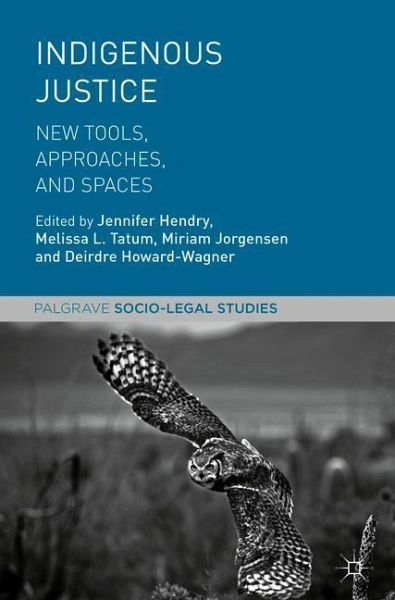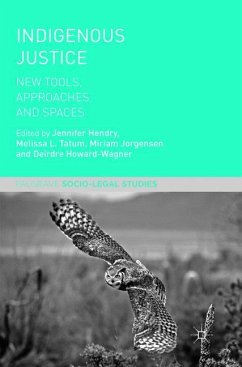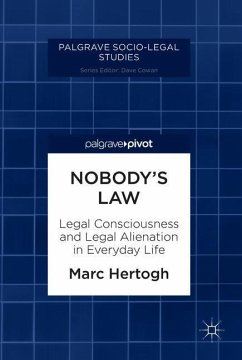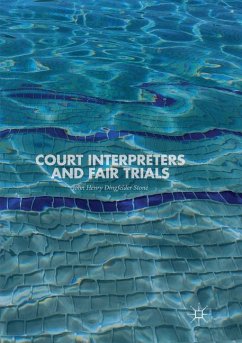
Indigenous Justice
New Tools, Approaches, and Spaces
Herausgegeben: Hendry, Jennifer; Tatum, Melissa L.; Jorgensen, Miriam; Howard-Wagner, Deirdre

PAYBACK Punkte
38 °P sammeln!
This highly topical collection of essays addresses contemporary issues facing Indigenous communities from a broad range of multi- and interdisciplinary perspectives. Drawing from across the social sciences and humanities, this important volume challenges the established norms, theories, and methodologies within the field, and argues for the potential of a multidimensional approach to solving problems of Indigenous justice.Stemming from an international conference on 'Spaces of Indigenous Justice', Indigenous Justice is richly illustrated with case studies and comprises contributions from schol...
This highly topical collection of essays addresses contemporary issues facing Indigenous communities from a broad range of multi- and interdisciplinary perspectives. Drawing from across the social sciences and humanities, this important volume challenges the established norms, theories, and methodologies within the field, and argues for the potential of a multidimensional approach to solving problems of Indigenous justice.
Stemming from an international conference on 'Spaces of Indigenous Justice', Indigenous Justice is richly illustrated with case studies and comprises contributions from scholars working across the fields of law, socio-legal studies, sociology, public policy, politico-legal theory, and Indigenous studies. As such, the editors of this timely and engaging volume draw upon a wide range of experience to argue for a radical shift in how we engage with Indigenous studies.
Stemming from an international conference on 'Spaces of Indigenous Justice', Indigenous Justice is richly illustrated with case studies and comprises contributions from scholars working across the fields of law, socio-legal studies, sociology, public policy, politico-legal theory, and Indigenous studies. As such, the editors of this timely and engaging volume draw upon a wide range of experience to argue for a radical shift in how we engage with Indigenous studies.














